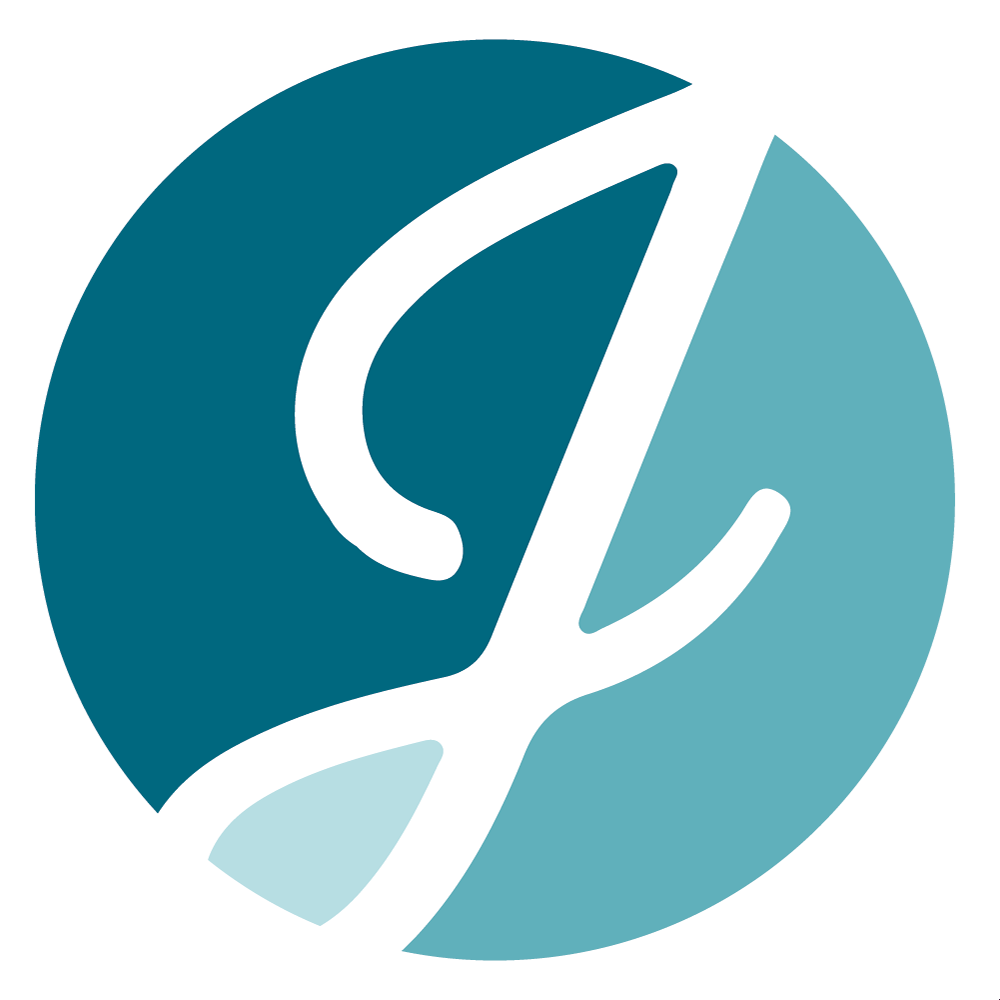






Type of Work: Professional
Project Title: Waterloo Town Square Feature Sheet
Client Name: Cushman & Wakefield Waterloo Region
Date Project Completed: September 2019 - Ongoing
Role in Project: Graphic Designer, Team Marketing Coordinator
CONTEXT
Describe the client needs / project brief, including project goals and objectives.
The goal of this project was to take important data of the property provided and display it in the form of a feature sheet or brochure that is clear, concise, easy to read and appealing for the readers. It was my own additional goal to create this as an additional information piece for the sales rep to take to potential tenants and as a means of information provided on the company website to reduce the amount of useless, time consuming inquiries sent to the sales rep.
METHOD
Describe your design process including any research, analysis or other information gathering and investigation that contributed to your solution.
My strategy for this was to first collect the data/content as well as research and add additional content that would be helpful to the feature sheet. In this case, I researched the urban areas around the property and added useful information such as amenities and local competition to the document. I also created new content such as photography, 3D Virtual Tours and live Hyperlinks to further inform the reader.
Because this was a completely new design, I created a series of pagination sketches with notes first to better understand and create a “storyline” of how I wanted to display the information. Using Adobe Indesign, I started with low fidelity layouts working my way up to high fidelity as I added more content. I had to follow branding guidelines for the company while I created this document. As I was designing this feature sheet, I also took into account where this feature sheet would be used after completed (ie. printed/binded, displayed on the website as a PDF, sent by email, etc.).
DESIGN PROCESS
Briefly describe the design process from initial concept exploration and presentation to acceptance by the client .
Content collection (files, photography, etc.) and initial file organisation
Low fidelity pagination and sketching of layout, usually explored 2-3 different ways to determine content storyline (communication with the sales rep is key)
Adobe InDesign file creation, typography style exploration (following brand guidelines), grid system, headers, determining end product output (PDF, printed booklet, etc.)
Add in content to InDesign following design principles, creating high fidelity first draft PDF to send to Sales Rep for review.
Receive edits and finish final version, then export and package files appropriately for send off
Once feature sheet was approved, webpage, social media post and email campaign were created
SOLUTION
Describe your design solution/deliverables and how they achieved project goals and objectives.
One of the challenges I had to face was poor quality content (i.e. poorly scanned documents, old feature sheet files and low quality photos). I needed to take time to recreate this content so that it met current industry standards and design principles.
Another challenge I had to face was lack of content. I had to research, examine and understand the dry information before I could make it more exciting and enticing for readers. I also wanted to better connect the details to have a flowing storyline of the information.
RESULTS
Provide quantitative/qualitative evidence of the effectiveness of your solution and/or how overcoming any special circumstances and/or challenges on the project demonstrate the effectiveness of your solution.
After the completion of the project, the Sales Rep received less useless inquiries, providing him with more time to focus on other things. This feature sheet was also able to provide their prospective tenants with extra details on tours and phone meetings. This feature sheet was also helpful in producing faster, more accurate inquiries that actually lead to more leased units. This feature sheet has been updated regularly for the past 2 years to accommodate units that have become available and vice versa.










